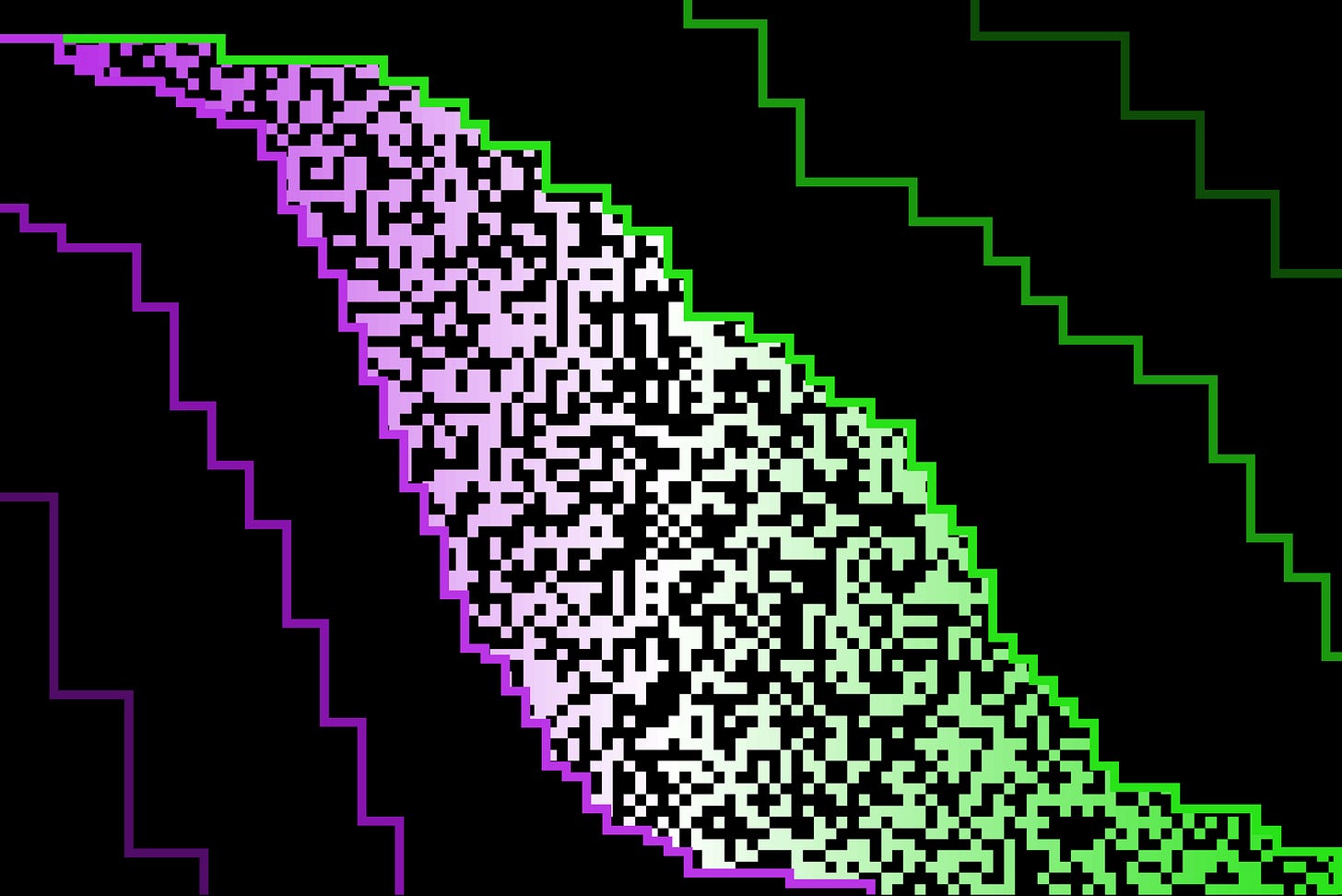“This week in Mathematical Oncology” — April 24, 2025
> mathematical-oncology.org
From the editor:
Another great week of math onco: this issue contains topics like spatial interactions, T-cell exhuastion, adaptive therapy, and more..
Enjoy,
Jeffrey West
jeffrey.west@moffitt.org
Spatial organization of mediated-macrophage chemoprotective niches in solid tumors: A mathematical analysis
William Dangelser, Angélique Stéphanou, Arnaud MilletThe Impact of T-cell Exhaustion Dynamics on Tumour–Immune Interactions and Tumour Growth
Nicholas Lai, Alexis Farman, Helen M. ByrneMIDAA: deep archetypal analysis for interpretable multi-omic data integration based on biological principles
Salvatore Milite, Giulio Caravagna & Andrea SottorivaTumor Growth, Proliferation and Diffusion in Osteosarcoma
M. I. Romero Rodríguez, J. C. Vargas Pino & E. L. Sierra-BallénMathematical modeling in radiotherapy for cancer: a comprehensive narrative review.
Zheng D, Preuss K, Milano MT, He X, Gou L, Shi Y, Marples B, Wan R, Yu H, Du H, Zhang C.A model of intra-tumor and inter-patient heterogeneity explains clinical trials of curative combination therapy for lymphoma.
Pomeroy AE, Palmer AC.Exploring the role of EMT in ovarian cancer progression using a multiscale mathematical model.
Oliver S, Williams M, Jolly MK, Gonzalez D, Powathil G.
Deriving Optimal Treatment Timing for Adaptive Therapy: Matching the Model to the Tumor Dynamics
Kit Gallagher, Maximilian A. R. Strobl, Alexander R. A. Anderson, Philip K. Maini
Quantitative measurement of phenotype dynamics during cancer drug resistance evolution using genetic barcoding
Frederick J.H. Whiting, Maximilian Mossner, Calum Gabbutt, Christopher Kimberley, …, Erika Yara, Andrea Sottoriva, Richard A. Nichols, Trevor A GrahamStochastically Emergent Tumors offer in vivo whole genome interrogation of cancer evolution from non-malignant precursors
Ruhollah Moussavi-Baygi, Matthew J. Ryan, Woogwang Sim, Samuel B. Hoelscher, …,Charles L. Sawyers, Felix Y. Feng, Hani Goodarzi, Rohit BosePredicting Treatment Outcomes from Adaptive Therapy — A New Mathematical Biomarker
Kit Gallagher, Maximilian A. R. Strobl, Philip K. Maini, Alexander R. A. AndersonLineage Tracing Reveals Clone-Specific Responses to Doxorubicin in Triple-Negative Breast Cancer
Daylin Morgan, Andrea L. Gardner, Amy Brock
In memory of Siv Sivaloganathan: Perspectives on Mathematical Oncology
Submission deadline: 31 December 2025
This special issue of Mathematical Biosciences will feature the advances, reflections, and future directions stemming from the Field’s Institute’s Thematic Program on Mathematical Oncology which ran from July to December 2024.
Guest editors:
Kathleen Wilkie - Toronto Metropolitan University
Judith Pérez-Velázquez, Technical University of Munich.
Thomas Hillen, University of Alberta.
Yitong Huang, Smith College
Natalia Komarova, UCSD
Dominik Wodarz, UCSD
This special issue of Mathematical Biosciences will be devoted to the memory of Professor Siv Sivaloganathan, a colleague, a friend, and an inspiration to many researchers in the field of Mathematical oncology, and Mathematical Biology in general. Dr. Sivaloganathan (University of Waterloo) has made many important contributions to mathematical medicine, including modeling of tumor growth, treatment responses, and the evolutionary dynamics of cancer cells. He investigated the use of HIFU as a non-invasive cancer treatment, developing mathematical models to optimize therapy protocols. Professor Sivaloganathan’s research in biomechanics, particularly in brain tissue modeling and hydrocephalus, offered new perspectives on cerebrospinal fluid dynamics and the mechanical behavior of the brain, with significant implications for neurosurgery and medical imaging. As co-founder and long-time co-director of the Fields Centre for Mathematical Medicine, Dr. Sivaloganathan fostered collaborations among mathematicians, clinicians, and biomedical scientists, advancing the integration of mathematics in medical research. His legacy continues through the numerous students and researchers he mentored, many of whom have become leaders in academia and industry.
Math Onco Interviews by Thomas Hillen
The newsletter now has a dedicated homepage where we post the cover artwork for each issue. We encourage submissions that coincide with the release of a recent paper from your group. This week’s artwork:
Title: The Simulation Gap
Artist: Kit Gallagher
Caption: The motif of two Kaplan-Meier curves is familiar to many from clinical trial reporting - here the negative space between the two curves is filled with pixel data from an ABM simulation of a cancer tumor, representing the role that modeling and mathematical approaches play in bridging clinical gaps in patient outcomes.
Visit the mathematical oncology page to view jobs, meetings, and special issues. We will post new additions here, but the full list can found at mathematical-oncology.org.
1. Jobs
Current subscriber count: 2,240












